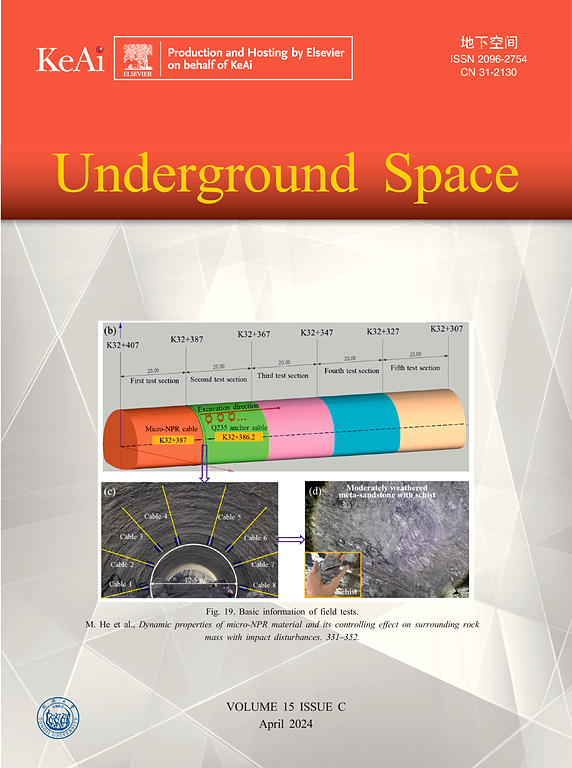从地下空间的使用中尽量减少问题和最大限度地提高效益
IF 8.3
1区 工程技术
Q1 ENGINEERING, CIVIL
引用次数: 0
摘要
几千年来,人类将地下用于许多目的,我们现在所处的时代,这种用途对支持我们的生活模式、物质需求和提高我们生活方式的可持续性变得越来越重要。许多地下设施都能很好地发挥其预期功能,并已被证明具有很长的使用寿命。有些由于各种原因而不那么成功,或已退休,不再符合原来的目的,不适合改为其他目的。虽然成功与失败之间的差异通常与特定项目的具体情况有关,但本文试图提取一些一般原则,这些原则构成了不同类型地下空间使用的利弊,以及如何最大限度地实现“成功”。这篇论文是一般和具体的混合,因为两者都在成功中发挥作用。本文主要借鉴了最近对全球42个地下设施的“经验教训”的研究,这些设施的平均服务时间超过37年,并结合了作者研究地下空间利用和地下建筑技术的其他观察结果。本文章由计算机程序翻译,如有差异,请以英文原文为准。
Minimizing problems and maximizing benefits from underground space use
For thousands of years, humans have used the underground for many purposes and we are now in an era when such uses are becoming more important to support our living patterns, our material needs and to improve the sustainability of our way of life. Many underground facilities serve their intended function well and have proven to have long lifetimes. Some have not been so successful for a variety of reasons or have been retired as no longer meeting the original purpose and not being suitable for conversion to another purpose. While the difference between success and failure is often tied to the specifics of a particular project, this paper seeks to extract some of the general principles that underlie the benefits or drawbacks of different types of underground space uses and how to maximize “success”. The paper is a mixture of the general and the specific because both play a role in success. The paper draws significantly from a recent study of the “lessons learned” from 42 worldwide underground facilities with an average of over 37 years of service mixed with other observations by the author from a career of studying underground space use and underground construction technologies.
求助全文
通过发布文献求助,成功后即可免费获取论文全文。
去求助
来源期刊

Underground Space
ENGINEERING, CIVIL-
CiteScore
10.20
自引率
14.10%
发文量
71
审稿时长
63 days
期刊介绍:
Underground Space is an open access international journal without article processing charges (APC) committed to serving as a scientific forum for researchers and practitioners in the field of underground engineering. The journal welcomes manuscripts that deal with original theories, methods, technologies, and important applications throughout the life-cycle of underground projects, including planning, design, operation and maintenance, disaster prevention, and demolition. The journal is particularly interested in manuscripts related to the latest development of smart underground engineering from the perspectives of resilience, resources saving, environmental friendliness, humanity, and artificial intelligence. The manuscripts are expected to have significant innovation and potential impact in the field of underground engineering, and should have clear association with or application in underground projects.
 求助内容:
求助内容: 应助结果提醒方式:
应助结果提醒方式:


